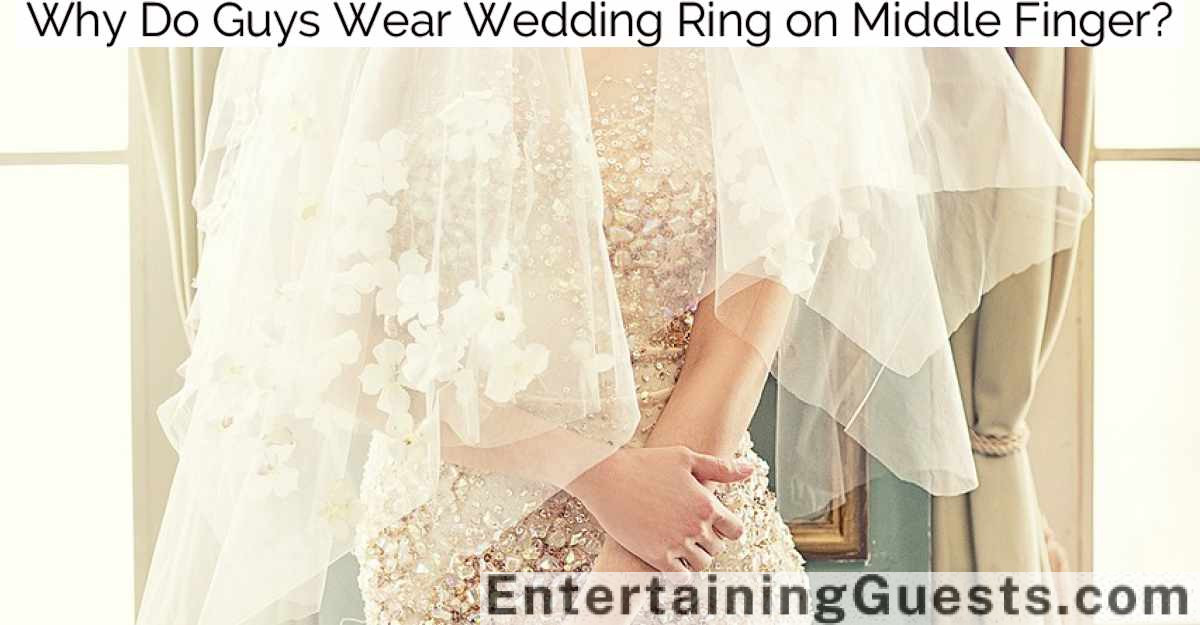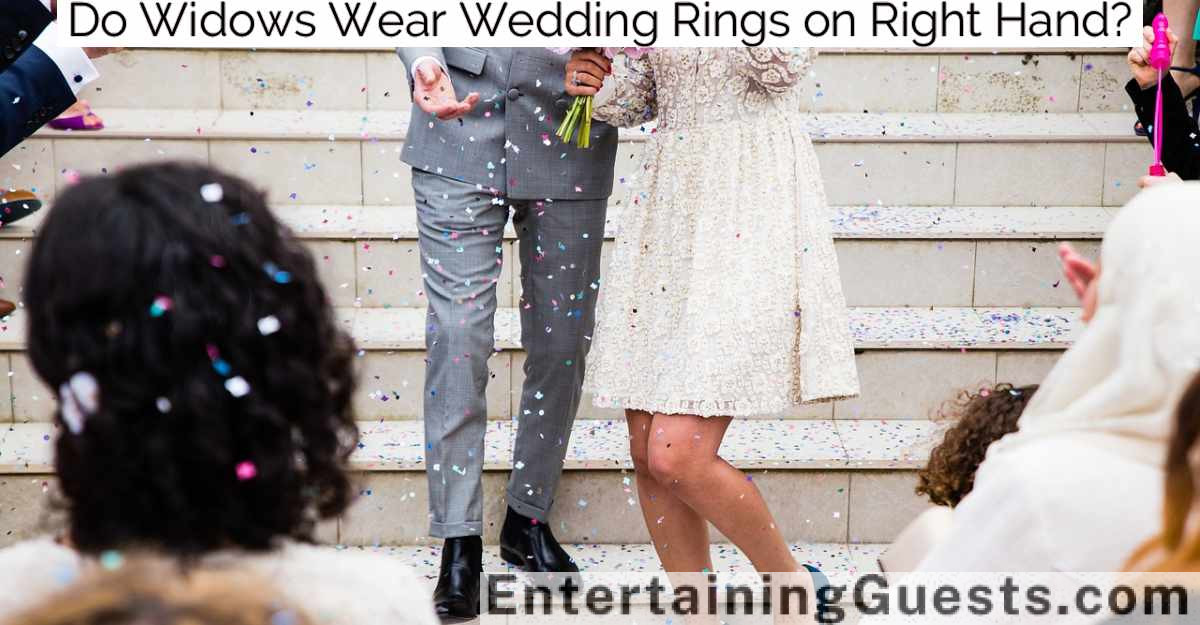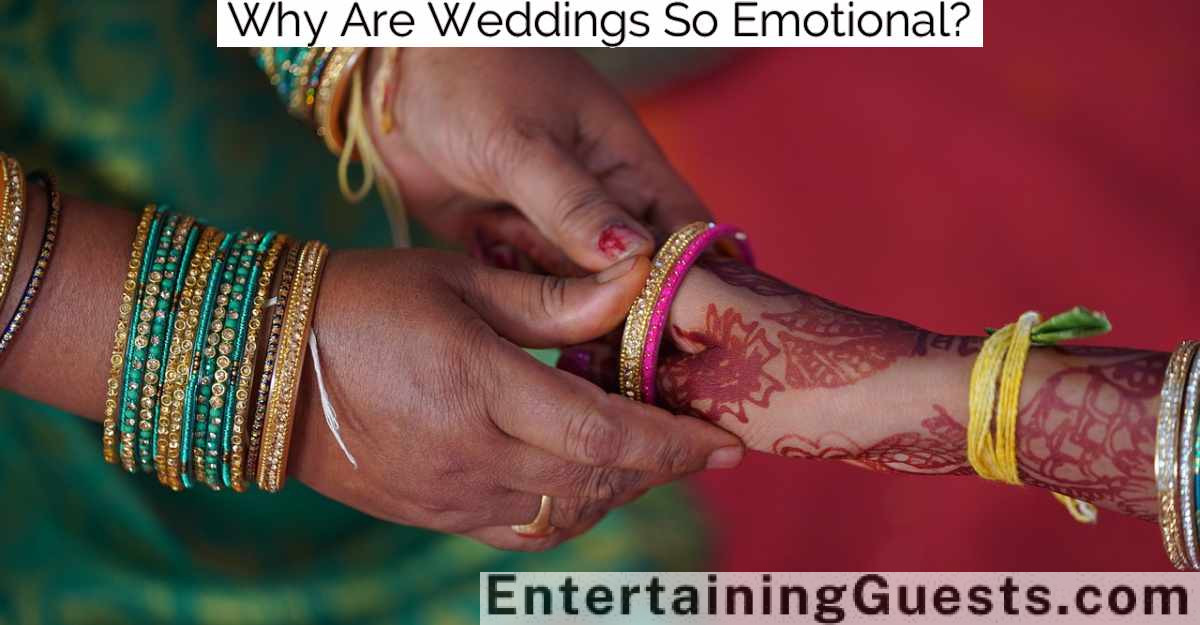Men often choose to wear their wedding rings on the middle finger as a symbol of balance and responsibility within their marriages, reflecting both Eastern and Western interpretations that vary in meaning from harmony to defiance. This placement not only embraces cultural significance but also allows for greater comfort and less interference with daily activities, accommodating left-handed individuals particularly well. The middle finger’s role as a statement against traditional marital norms adds a layer of personal expression and independence to this choice, showcasing a shift towards more individualized expressions of commitment. Exploring further, one finds deeper insights into how personal choices intersect with cultural practices.
Key Takeaways
- Wearing a wedding ring on the middle finger symbolizes balance and responsibility in Eastern European cultures.
- In Asian traditions, the middle finger is seen as a channel for energies that promote harmony in marriage.
- Choosing the middle finger can represent a personal statement against traditional marital norms, reflecting individual values and identity.
- The middle finger placement offers practical benefits, such as enhanced ease of movement and comfort in daily activities.
- This unconventional choice can be influenced by public figures and celebrities, setting new trends in modern wedding practices.
Cultural Significance Explained
Examining the cultural significance of men wearing wedding rings on their middle finger reveals diverse traditions and beliefs that vary by region and history.
In some cultures, the choice of the middle finger for a wedding ring is deeply rooted in ancestral customs and linked to the local interpretations of marital fidelity and commitment. For instance, in certain Eastern European communities, the middle finger is historically believed to be a symbol of balance and responsibility, qualities deemed essential for a successful marriage.
Anthropologists have noted that in some Asian cultures, wearing a ring on the middle finger is associated with aligning one’s marital life with spiritual beliefs and cosmic harmony. These cultures often hold the view that the middle finger channels specific energies that promote a harmonious matrimonial bond.
Further, in some modern contexts, men choose the middle finger for practical reasons, such as comfort or occupation-related needs, which then inadvertently gains cultural traction within that community.
Over time, what may start as a practical adjustment can evolve into a localized cultural norm, influencing subsequent generations’ choices about how and where wedding rings are worn.
Symbolism of the Middle Finger
The middle finger, often loaded with defiant symbolism, takes on nuanced meanings across different cultures.
In the context of wearing wedding rings, it’s not just about personal choice but also reflects broader societal values and norms about marriage and commitment.
This practice allows individuals to express their unique identities while still adhering to the cultural significance attributed to marital symbols.
Middle Finger Meanings
Wearing a ring on the middle finger often symbolizes balance and responsibility in many cultures. It’s positioned centrally, suggesting a pivotal role in the wearer’s life. This placement isn’t merely by chance but reflects deep-rooted cultural beliefs about the body’s symmetry and its metaphorical significance. The middle finger, serving as a physical and symbolic fulcrum, supports the idea of equilibrium, resonating with those who endeavor for harmony in their personal and relational spheres.
In various societies, the significance of the middle finger extends beyond mere aesthetics. It’s often seen as a conduit of personal energy, representing individual identity and the core aspects of one’s personality. This perspective is amplified when the ring is a wedding band, as it denotes not only a personal commitment but also a balanced partnership. Here’s a quick look at how different cultures interpret the middle finger’s symbolism:
| Culture | Symbolism |
|---|---|
| Western | Authority and balance |
| Eastern | Flow of life energy, central life force |
| Indigenous | Connection to the spiritual world |
Each interpretation, though distinct, underscores the finger’s role as a point of human and metaphysical connection, marking the middle finger as a significant site for symbols of lifelong commitments and personal ethos.
Cultural Significance Explored
Exploring cultural contexts, the middle finger’s symbolism varies considerably across global traditions, often reflecting deep societal values and beliefs.
In many Western societies, the middle finger is typically associated with defiance or offense, a stark contrast to its role in certain Eastern cultures where it can signify balance and the middle path. Historically, the ancient Greeks linked it to obscenity, a sentiment echoed later in Roman writings. Curiously, in some Asian cultures, the middle finger bears no such negative connotations but is instead seen as a neutral or even positive digit among others.
Anthropological studies indicate that the middle finger’s symbolism can also be connected to ancient legal and social punishments, where the finger was used in acts of public shaming or judicial sentences. This historical backdrop adds a layer of complexity to its modern interpretations and uses.
As the middle finger carries diverse meanings, placing a wedding ring on it could be seen as a reclamation or neutralization of its traditional symbolism. It’s an act that might merge personal significance with broader cultural narratives, intertwining individual choices with collective heritage, thereby enriching the gesture with multiple layers of meaning beyond a mere marital symbol.
Personal Expression Forms
In many cultures, individuals often choose the middle finger for a wedding ring as a statement against traditional norms, reflecting a deliberate deviation from established marital symbolism. This choice is steeped in personal expression, where the middle finger, often associated with defiance and nonconformity, becomes a canvas for declaring one’s unique approach to marriage.
By wearing the ring on the middle finger, these individuals aren’t just passively engaging with the institution of marriage; they’re actively redefining it. This act serves as a critical commentary on societal expectations, where the symbolism of the middle finger intersects with cultural narratives about marriage and autonomy. They’re signaling a break from the conventional, where personal values perhaps align differently in relation to partnership, independence, and identity.
Analytically, this trend underscores a broader shift towards more diverse expressions of commitment. Within this framework, the middle finger ring becomes more than just jewelry; it’s a potent symbol of individuality and often, resistance. It challenges observers to rethink traditional symbols and their associated meanings, thereby enriching the cultural discourse around what it means to be committed in today’s world.
Comfort and Practicality Considerations
When men choose to wear their wedding rings on the middle finger, they often consider how this placement affects their ease of movement.
Daily activities, from typing at an office to manual labor, can influence whether a ring feels obtrusive or comfortable.
Adjustments in ring fit may be necessary to accommodate the wider base and knuckle of the middle finger, ensuring the ring stays secure without constraining.
Ease of Movement
Wearing a wedding ring on the middle finger often allows for greater dexterity and comfort during daily activities. This practice, though less common, is rooted in practical considerations that transcend mere aesthetic preferences.
The middle finger, typically less utilized for precise tasks than the index or ring fingers, offers a strategic placement that minimizes interference. Consequently, the ring doesn’t constrict the more active fingers, preserving a range of motion essential for tasks that require fine motor skills.
In certain cultures, the choice of finger for wearing a wedding ring also carries deep symbolic meaning, which influences comfort in a psychological sense. For instance, in some Eastern traditions, the middle finger is associated with balance and responsibility, qualities integral to marriage. Wearing the ring on this finger can serve as a constant, subtle reminder of these values, reinforcing the wearer’s emotional comfort.
Moreover, the middle finger’s central position on the hand makes it an ideal spot for those who value symmetry and balance. It’s a practical choice for left-handed individuals, who might find traditional ring fingers on the right hand cumbersome.
Therefore, the decision often reflects a thoughtful compromise between physical ease and personal or cultural significance.
Daily Activity Impact
Many individuals find that wearing a wedding ring on the middle finger greatly reduces discomfort during daily tasks, enhancing both physical and cultural harmony. This practice, although less common, addresses the ergonomic challenges posed by frequent hand movements involved in occupations such as carpentry, cooking, or typing. The middle finger, typically less engaged in direct action compared to the index or ring fingers, offers a strategic placement that minimizes the risk of the ring catching on tools or equipment.
This choice also underscores a cultural adaptation where traditional symbols like wedding rings are reinterpreted to fit contemporary lifestyles. For instance, in some cultures, the significance of the middle finger as a strong, central part of the hand may symbolize balance and centrality in life and relationships. Analyzing this shift, it’s evident that such adaptations aren’t merely about comfort but are deeply intertwined with maintaining the relevance of cultural symbols in modern society.
Moreover, the placement can affect how the ring interacts with the environment, potentially preserving its condition and appearance over time. This practical benefit aligns with the symbolic permanence of marriage, suggesting that the middle finger, a less exposed digit, can be both a practical and a symbolic choice.
Ring Fit Adjustments
Adjusting the fit of a wedding ring not only enhances comfort but also serves practical purposes, reflecting how cultural practices adapt to everyday needs.
When individuals select rings that properly fit their middle finger, they’re considering both the physical and symbolic aspects of wearing such a significant piece of jewelry. The middle finger, often larger than the ring finger, requires precise sizing to guarantee the ring stays secure without restricting movement.
Craftsmen and jewelers, aware of these needs, often recommend slight adjustments over time. As people age, their fingers may change in size due to factors like health changes or weather conditions. A well-fitted ring on the middle finger consequently accommodates these fluctuations, guaranteeing that the ring remains a comfortable, constant presence.
Furthermore, this practice underscores a broader cultural understanding that personal comfort and the practicality of daily activities shouldn’t be hindered by the symbolic expressions of commitment. Men who work with their hands, for example, might find a looser fit reduces risk of injury or discomfort.
Analyzing these adjustments sheds light on the nuanced ways in which cultural symbols like wedding rings are interwoven with the practicalities of daily life, showcasing an adaptive approach to traditional practices.
Personal Style and Expression
Men often choose to wear their wedding rings on the middle finger as a unique expression of their personal style and identity within cultural norms. This choice can diverge greatly from the traditional placement on the ring finger, which is rooted in the ancient belief that a vein from this finger runs directly to the heart. By opting for the middle finger, individuals not only set themselves apart sartorially but also engage in a form of cultural discourse that challenges and reinterprets symbolic norms.
The middle finger, being the longest and centered, might also represent a balanced approach in life, a statement of strength and centrality in their personal and marital commitments. This placement can act as a visual focal point that draws attention, thereby making a silent statement about the wearer’s independence and confidence.
Analyzing this trend through an ethnographic lens reveals a subtext of autonomy and perhaps a subtle push against conventional expectations. In some cultures, the deviation from normative symbols can indicate a personal or communal shift in values, suggesting that identity and tradition are dynamically intertwined and subject to individual reinterpretation.
Therefore, the choice of ring placement becomes a nuanced form of personal storytelling, reflective of broader societal shifts.
Influences From Public Figures
Public figures often play a pivotal role in popularizing the practice of wearing wedding rings on the middle finger, influencing societal norms and individual choices. When celebrities or influential personalities adopt a distinctive style, it often sends ripples through the cultural fabric, altering perceptions and behaviors. This phenomenon isn’t merely about fashion; it’s interwoven with deeper meanings and symbols that resonate across different societies.
Here are three ways public figures have impacted this trend:
-
Media Visibility: Whenever a renowned personality features in a public event or on social media with a ring distinctly placed on the middle finger, it garners attention and curiosity. This visibility not only sparks conversations among fans and followers but often sets a precedent that others might follow, seeing the style as a validated fashion statement.
-
Symbolic Reinterpretations: Public figures often leverage their influence to redefine traditional symbols. By wearing the wedding ring on a non-traditional finger, they may be signaling a personal or philosophical stance, perhaps relating to individuality or non-conformity which appeals particularly to younger demographics.
-
Global Influence: In our interconnected world, the reach of celebrities extends beyond borders. What starts as a personal preference of a celebrity in one country can become a global trend, as international fans emulate these styles, blending them with local customs and interpretations, thereby perpetuating a cycle of cultural exchange and adaptation.
Trends in Modern Weddings
Many modern weddings are increasingly reflecting societal shifts towards personalization and inclusivity, showcasing a variety of customs that challenge traditional norms.
Couples are embracing ceremonies that don’t just follow prescribed scripts but instead, include elements that speak directly to their unique narratives and cultural backgrounds. This trend isn’t merely about aesthetics; it’s deeply rooted in the desire for authenticity and representation.
For instance, multi-cultural weddings often blend traditions, such as incorporating a Chinese tea ceremony alongside Western vows, to honor both heritage and personal values.
Additionally, gender-neutral language is becoming more prevalent, moving away from terms like ‘bride’ and ‘groom’ to more inclusive alternatives such as ‘partners’ or ‘spouses’. This linguistic shift not only broadens who feels welcomed at these events but also mirrors larger societal movements towards gender fluidity and equality.
Moreover, there’s a growing emphasis on ethical consumption within these celebrations. Couples are opting for locally-sourced foods and eco-friendly decorations to minimize their environmental impact.
This conscientious approach extends to digital invitations and smaller, more intimate gatherings, which also reflect a broader awareness of sustainability issues.
These evolving practices aren’t just passing trends; they’re reshaping what modern matrimony looks like, making weddings more personal, inclusive, and aware of the wider world.
Frequently Asked Questions
How Do Same-Sex Couples Decide on Which Finger to Wear Their Rings?
Same-sex couples often choose their ring fingers based on personal significance or cultural symbols. They’re redefining traditions, sometimes opting for matching rings on fingers that resonate with their shared values and identities.
Can Wearing Rings on Different Fingers Affect Job Opportunities?
Wearing rings on different fingers doesn’t typically impact job prospects, unless cultural or corporate norms dictate otherwise. Employers generally focus on skills and qualifications rather than personal jewelry choices.
Are There Health Risks to Wearing Rings on the Middle Finger?
Men’s choice to wear rings on their middle finger doesn’t typically pose health risks unless the ring is too tight, which can restrict blood flow and potentially cause nerve damage or swelling.
Do Certain Professions Prohibit Wearing Rings on the Middle Finger?
Certain professions, especially in healthcare and manual labor, prohibit rings on the middle finger to prevent injuries and maintain hygiene. They analyze risk factors, opting for safer alternatives to guarantee workplace safety and efficiency.
How Do Ring Sizes Vary Between the Ring and Middle Fingers?
Ring sizes typically vary between the ring and middle fingers; the middle finger’s generally larger circumference necessitates a bigger ring size. This sizing difference reflects the hand’s anatomical structure and individual variations.
Conclusion
Ultimately, men choosing to wear wedding rings on their middle finger often reflects deep cultural, symbolic, and personal nuances.
This practice, varying by region and influenced by notable figures, symbolizes a blend of tradition and modernity.
It’s not merely about aesthetics; it’s about comfort, identity, and expressing commitment in a uniquely personal way.
As wedding customs evolve, this choice highlights how individuals navigate and honor both their heritage and individual preferences in contemporary society.




